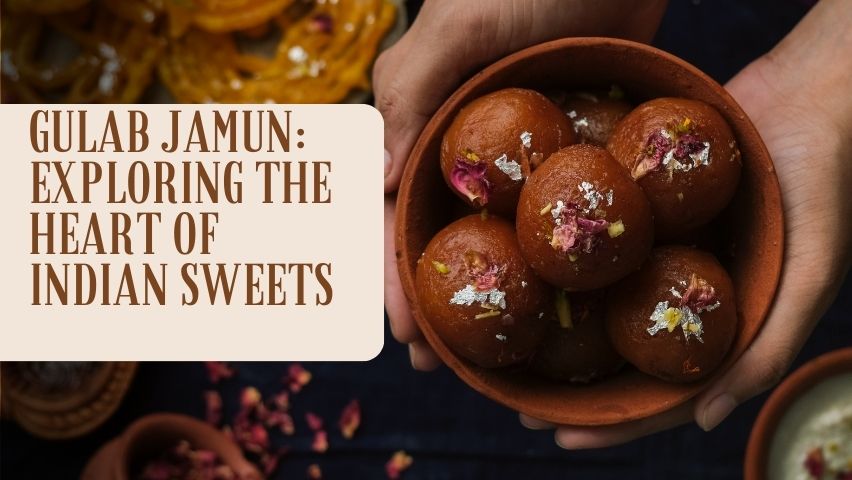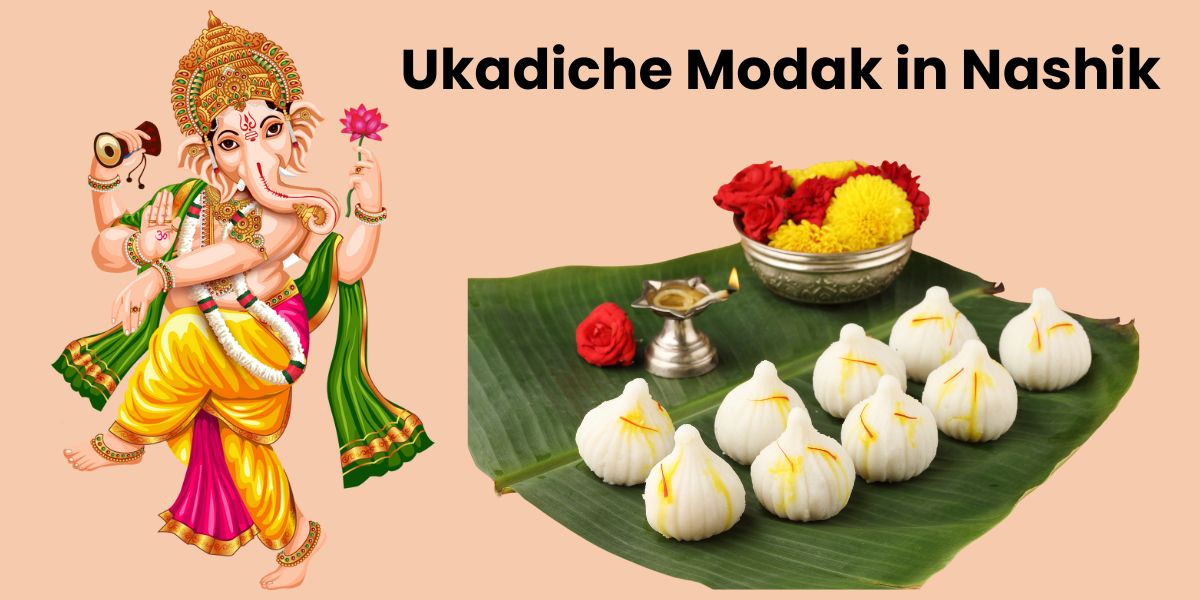India, with its rich and diverse culinary traditions, offers a delightful array of sweets and desserts. Among these, Gulab Jamun stands out as an iconic delicacy that has captured the hearts and palates of millions. In this blog post, we take a delectable journey into the world of Gulab Jamun, uncovering its history, regional variations, cultural significance, and much more.
Historical Roots Of Gulab Jamun
To truly appreciate Gulab Jamun, we must first delve into its history. This sweet treat is believed to have Persian origins, with the word “Gulab” meaning “rosewater” and “Jamun” referring to a fruit with a similar size and shape. Over time, it found its way into Indian cuisine, where it was embraced and transformed into the delightful dessert we know today. Legends speak of royal feasts where it took center stage, emphasizing its regal heritage.
Ingredients and Preparation
Creating Gulab Jamun is an art form in itself. The primary ingredients include khoya (reduced milk), sugar, ghee (clarified butter), and a touch of cardamom. These ingredients are meticulously combined to form a soft dough, which is then shaped into small balls and deep-fried to a beautiful golden brown. The final step involves immersing these golden orbs into a fragrant sugar syrup.
Regional Variations Of Gulab Jamun
One of the most intriguing aspects of Gulab Jamun is its regional diversity. In the northern parts of India, you’ll find the classic round it, while in the south, they are often oval-shaped. Bengal boasts a unique variation called “Kala Jamun,” which is darker in color and flavored with rose essence. Each region adds its own twist to this beloved dessert.
Serving and Presentation
Traditionally, it is served warm, allowing the syrup to seep into the soft interior, creating a burst of flavors with every bite. It’s often garnished with slivers of pistachios or almonds, adding a delightful crunch to the sweet and syrupy goodness.
Gulab Jamun in Occasions and Festivals
This sweet has a special place in Indian festivals and celebrations. During Diwali, the Festival of Lights, it’s common to exchange boxes of this sweet as a gesture of goodwill and sweetness. Similarly, weddings and family gatherings are incomplete without this iconic dessert.
Cultural Significance
Beyond its delectable taste, it also holds cultural significance. It symbolizes warmth, hospitality, and the sweet bonds of relationships. In many Indian households, it’s a must-have to conclude a festive meal, bringing a sense of fulfillment and togetherness.
Conclusion
In the world of Indian sweets, Gulab Jamun reigns supreme. Its sweet, syrupy goodness and cultural significance make it an integral part of Indian culinary heritage. Whether you enjoy it at a grand celebration or attempt to make it at home, it never fails to touch the heart.
So, the next time you savor this delectable treat, remember the rich history, regional diversity, and sweet moments it encapsulates.
You can also read this – Samosa: The Crunchy Hero of Indian Snacking







